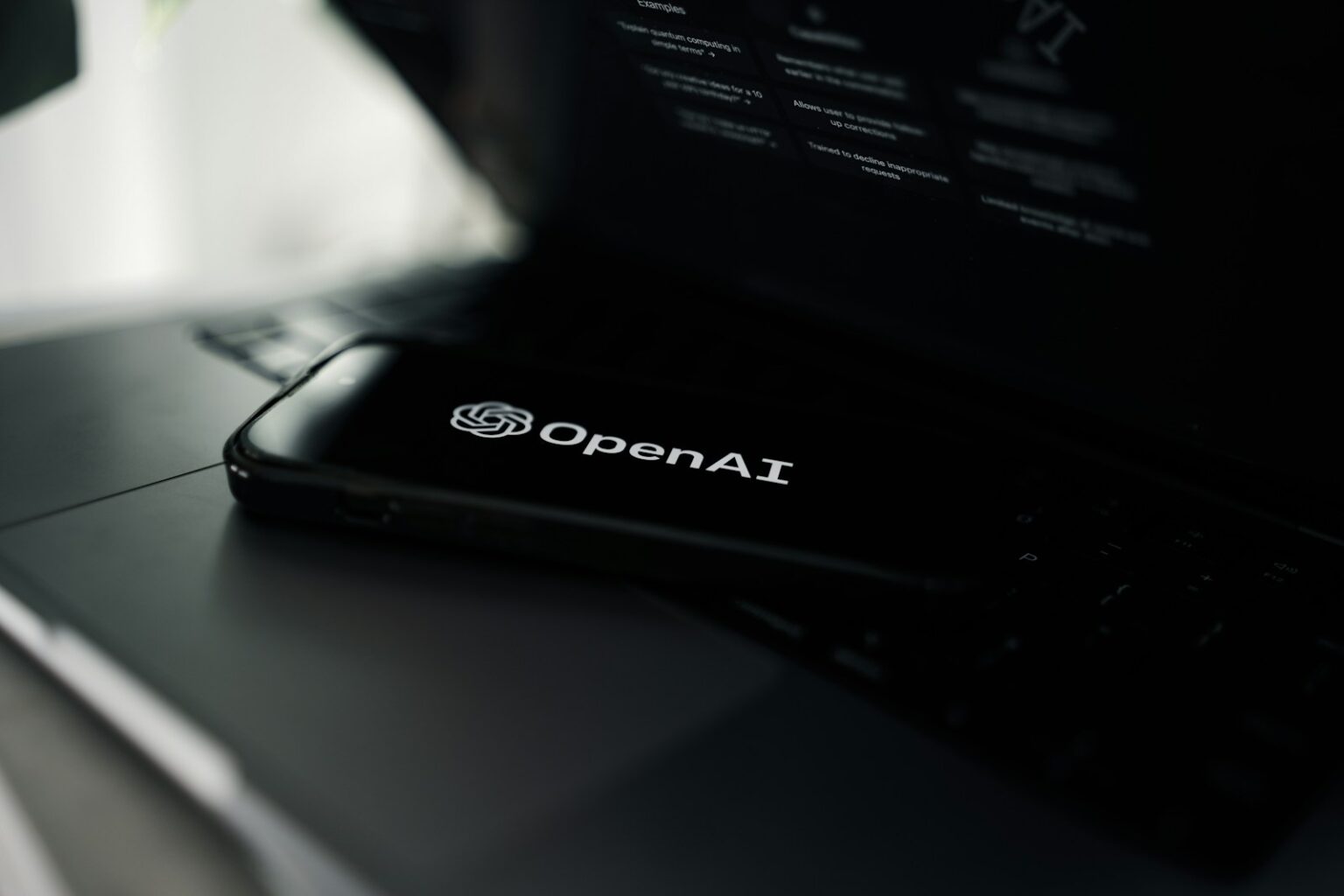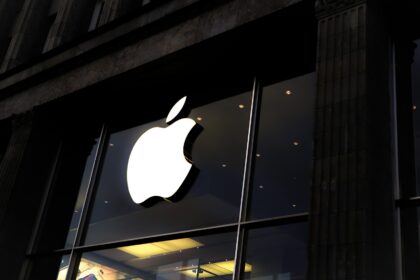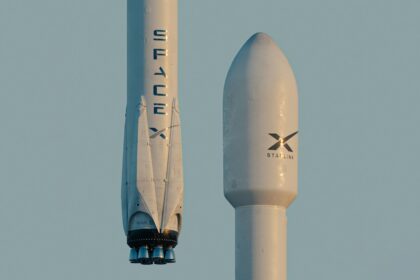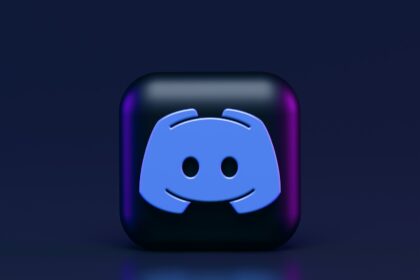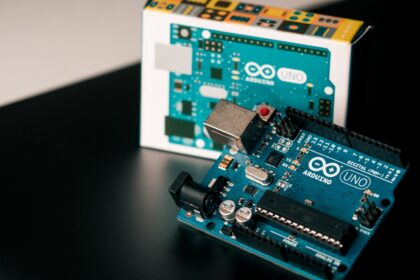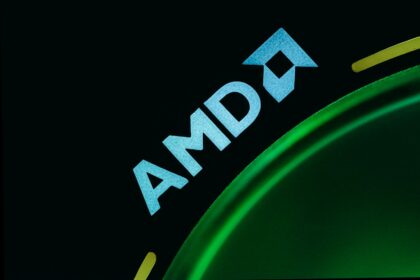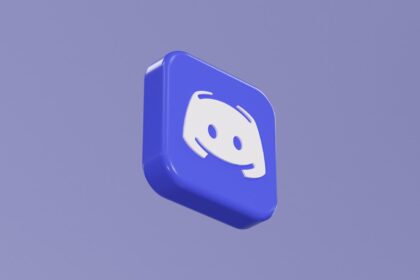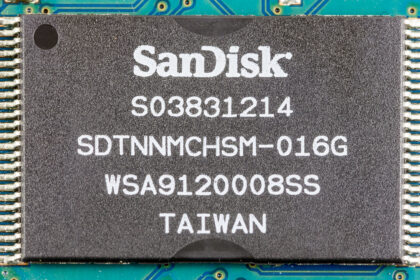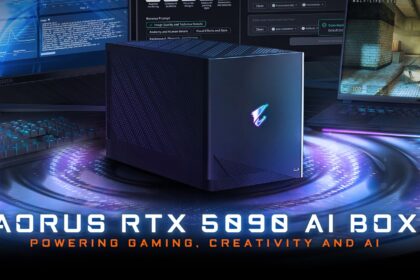OpenAI just achieved something remarkable with their new video creation app. Sora reached 1 million downloads faster than ChatGPT did at launch, despite being invite-only and available in just two countries. This milestone proves that AI-generated video is the next big thing in technology.
The staggering download numbers
Sora hit 1 million downloads in less than 5 days after its September 30th launch. For comparison, ChatGPT took longer to reach the same milestone during its initial release. Bill Peebles, head of Sora at OpenAI, announced the achievement on social media platform X.
The success becomes even more impressive when you consider the limitations. Sora is currently invite-only and available exclusively in the United States and Canada. Yet it managed to outpace ChatGPT, which was publicly available to anyone in the US during its first week.
Analytics firm Appfigures tracked 627,000 iOS downloads during Sora’s first seven days. That’s compared to ChatGPT’s 606,000 iOS downloads in its inaugural week. Canadian users contributed approximately 45,000 installations, meaning Sora’s US performance alone was about 96% of ChatGPT’s original numbers.
“Sora hit 1M app downloads in less than 5 days, even faster than ChatGPT did despite the invite flow and only targeting North America!” tweeted Bill Peebles excitedly.
App Store domination continues
Sora rocketed to the number one spot on Apple’s App Store within just three days. It started with 56,000 downloads on its first day, reaching third place overall. By Friday, October 3rd, it claimed the coveted top position.
Daily downloads have remained consistently high throughout the launch period. Peak performance hit 107,800 downloads on October 1st, with daily installations fluctuating between 84,400 and 98,500 throughout the week. This steady momentum suggests sustained user interest rather than just initial curiosity.
The app currently sits at number one in the free apps category, ahead of competitors like Google’s Gemini and even OpenAI’s own ChatGPT. This gives OpenAI two of the top three free apps on Apple’s App Store simultaneously.
What makes Sora so compelling
Sora uses OpenAI’s advanced Sora 2 video generation model to create 10-second realistic videos from simple text prompts. Users can generate everything from cinematic scenes to anime-style content with accompanying audio. The app runs on sophisticated AI that can handle complex movements and realistic physics.
The social aspect sets Sora apart from other AI tools. Users can explore a feed of AI-generated videos created by others and share their own creations. The “cameos” feature lets people upload photos of themselves or friends to be inserted into AI-generated scenarios.
“It’s been incredible to witness the collective creativity of humanity so far” said Bill Peebles. “The team is rapidly iterating and actively considering user feedback”.
Controversies emerge quickly
Sora’s viral success has sparked immediate ethical and legal concerns. Users began creating videos featuring copyrighted characters like SpongeBob SquarePants, Pokémon, and Rick and Morty shortly after launch. The Motion Picture Association and major Hollywood agencies have already raised objections about copyright violations.
More troubling are videos depicting deceased celebrities without permission. AI-generated content showing Michael Jackson, Tupac Shakur, and Robin Williams has circulated widely on social media. Zelda Williams, daughter of the late Robin Williams, publicly asked people to stop creating and sharing AI videos of her father.
“An OpenAI representative communicated that there are significant free speech considerations involved in portraying historical personalities” according to reports. However, the company allows authorized individuals to request removal of content featuring recently deceased public figures.
The fake app problem explodes
Sora’s success immediately attracted scammers creating fake versions to exploit user demand. More than a dozen impostor apps appeared on the App Store within days of the official launch. These fake apps used misleading names like “Sora 2 – AI Video Generator” to trick users.
One aggressive fake app managed to gain over 50,000 downloads in just a few days. Collectively, fake Sora apps accumulated nearly 300,000 installs across iOS and Android platforms, generating a combined $160,000 in revenue before Apple intervened.
Apple has been working to remove these fraudulent applications, but new ones continue appearing. Users should verify that any Sora app they download shows “by OpenAI” as the developer before installing.
Comparison with other AI app launches
Sora’s launch performance puts it in elite company among AI applications. Only ChatGPT and Google’s Gemini have achieved similar first-day download numbers above 50,000. Anthropic’s Claude managed only 21,000 first-day downloads, while Microsoft’s Copilot performed even more modestly with 7,000.
The 56,000 first-day download threshold appears to be a sweet spot where validation and viral mechanics click together. Sora tied exactly with xAI’s Grok at this crucial milestone. Apps that clear this barrier tend to achieve long-term viability and sustained growth.
Rankings also matter for staying power. While ChatGPT reached number one by its second day, Sora arrived on day three. However, slower, steadier climbs often age better than rocket-fast starts that quickly fizzle out.
Technical capabilities drive adoption
Sora’s underlying technology represents a significant advancement in AI video generation. The Sora 2 model can produce videos with realistic physics, complex movements, and appropriate audio. Quality has improved dramatically compared to earlier AI video tools that produced obviously artificial results.
The app handles both video and audio generation simultaneously. Every video created through Sora comes with synchronized sound, making the content more engaging and shareable. This full sensory experience contributes to the app’s viral spread across social media platforms.
User interface design also plays a crucial role. Sora makes AI video creation as simple as typing a text message. The social feed encourages exploration and discovery, while the cameos feature adds a personal element that drives engagement.
Global expansion plans accelerate
OpenAI plans to rapidly expand Sora’s availability beyond North America. The strong performance in just two countries suggests massive potential in global markets. International expansion could drive download numbers well beyond current achievements.
The invite-only system is already creating pent-up demand worldwide. People in excluded regions are actively seeking invitation codes and waiting for access. When geographical restrictions lift, download numbers could explode exponentially.
“The team is working diligently to manage the rapid growth. More features and adjustments to overmoderation are on the way!” noted Peebles, indicating OpenAI is scrambling to scale infrastructure quickly.
Revenue model remains unclear
Sora currently operates as a free service, though OpenAI hasn’t revealed long-term monetization plans. ChatGPT Pro users get access to the higher-quality “Sora 2 Pro” model, suggesting a subscription tier approach. The company also plans to release Sora through its API for developer integration.
Computational costs for video generation are significantly higher than text processing. Industry estimates suggest each 10-second video costs between $1-3 in processing expenses. This makes free unlimited access unsustainable long-term without major efficiency improvements.
The social aspects could enable various revenue models including premium features, enhanced quality tiers, or even creator monetization programs. With 1 million users already engaged, OpenAI has substantial leverage for future business model experiments.
Impact on content creation industries
Sora’s rapid adoption signals a fundamental shift in how video content gets created. The technology democratizes high-quality video production, potentially disrupting traditional filmmaking, advertising, and social media creation workflows.
Hollywood industry groups are already expressing concerns about copyright infringement and unauthorized use of intellectual property. The ability to generate professional-looking content featuring copyrighted characters threatens established licensing and distribution models.
For individual creators, Sora offers unprecedented creative possibilities. Anyone can now produce cinematic-quality videos without expensive equipment, locations, or actors. This could lead to an explosion of new content types and creative expressions.
Looking ahead at AI video’s future
Sora’s record-breaking launch suggests AI video generation is ready for mainstream adoption. The technology has crossed from novelty to genuine utility, as evidenced by sustained engagement and viral organic sharing.
The international expansion will be crucial for maintaining growth momentum. With proven demand in limited markets, global availability could push Sora’s user base into the hundreds of millions. This would rival established social media platforms in terms of reach and engagement.
However, regulatory and ethical challenges will likely intensify as usage grows. Questions about consent, copyright, and content authenticity will require industry-wide solutions rather than individual company policies. The speed of Sora’s adoption may outpace society’s ability to develop appropriate governance frameworks.


